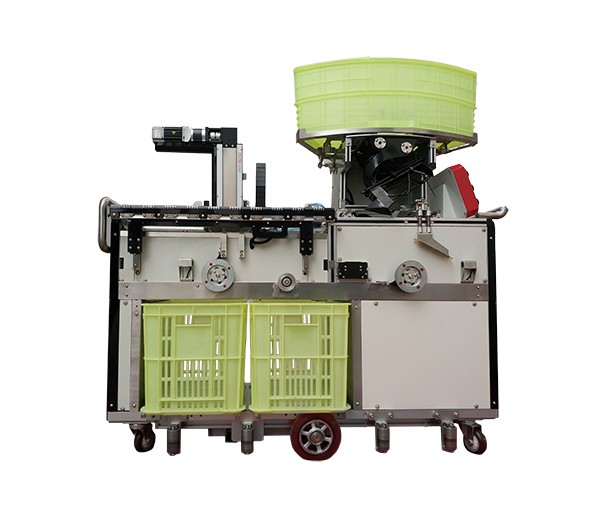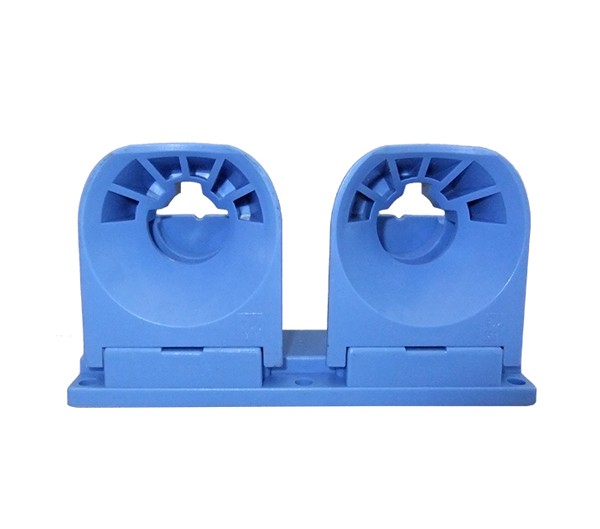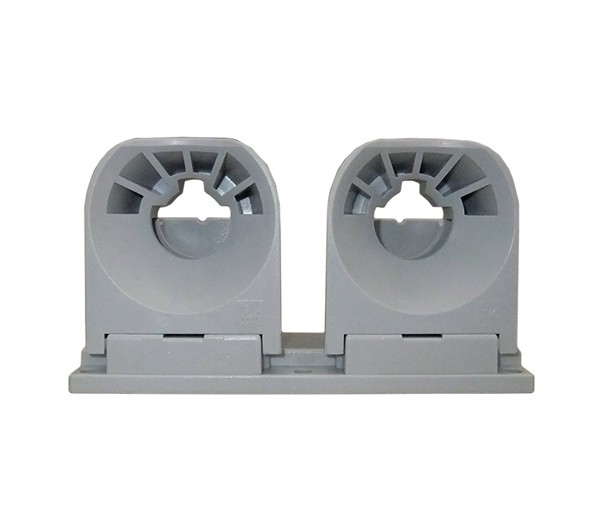This year, China's textile industry concentration has increased significantly.
來源:未知 發(fā)布時間:2015/1/31 0:00:00
On September 1, the second executive board meeting of China Textile Industry Enterprise Management Association (China Textile Enterprise Association) was held in Yinchuan, Ningxia. The relevant leaders, experts, scholars and entrepreneurs of China Textile Industry Association exchanged views on the problems faced by enterprises and how to deal with them in the process of transformation and upgrading of the textile industry.
At the meeting, Sun Ruizhe, Vice President of China Textile Industry Federation and President of China Textile Industry Enterprise Management Association, combed the current development of the textile industry. The data show that, compared with 2000, the proportion of textile industry in the whole industrial enterprise, the main business income and the total export volume are all in a downward trend in 2013, but the total interest, tax and investment in fixed assets are increasing, especially in 2013, the surplus of export trade accounts for 99.7% of the whole country. Upward trend.
According to statistics, GDP growth in 2013 is 5.73 times that in 2000, textile and apparel exports in 2013 are 5.51 times that in 2000, fixed assets investment in textile industry in 2013 is 29.55 times that in 2000, and profits and taxes in textile industry in 2013 are 9.21 times that in 2000. Data show that fixed investment and total interest tax in textile industry are higher than GDP growth, but the textile industry is still in a weak position in policy orientation. In addition, China's textile industry is also facing problems such as poor cotton procurement, high prices and financing difficulties.
Sun Ruizhe said that China's textile industry has become more and more concentrated, market share is centralized to excellent enterprises; the relationship between export volume and price has changed significantly, export volume has increased while price has decreased, and Japan has gradually been replaced by ASEAN in the three major export markets. Faced with this series of changes and difficulties, Sun Ruizhe believed that three balance points should be found.
At the meeting, Sun Ruizhe, Vice President of China Textile Industry Federation and President of China Textile Industry Enterprise Management Association, combed the current development of the textile industry. The data show that, compared with 2000, the proportion of textile industry in the whole industrial enterprise, the main business income and the total export volume are all in a downward trend in 2013, but the total interest, tax and investment in fixed assets are increasing, especially in 2013, the surplus of export trade accounts for 99.7% of the whole country. Upward trend.
According to statistics, GDP growth in 2013 is 5.73 times that in 2000, textile and apparel exports in 2013 are 5.51 times that in 2000, fixed assets investment in textile industry in 2013 is 29.55 times that in 2000, and profits and taxes in textile industry in 2013 are 9.21 times that in 2000. Data show that fixed investment and total interest tax in textile industry are higher than GDP growth, but the textile industry is still in a weak position in policy orientation. In addition, China's textile industry is also facing problems such as poor cotton procurement, high prices and financing difficulties.
Sun Ruizhe said that China's textile industry has become more and more concentrated, market share is centralized to excellent enterprises; the relationship between export volume and price has changed significantly, export volume has increased while price has decreased, and Japan has gradually been replaced by ASEAN in the three major export markets. Faced with this series of changes and difficulties, Sun Ruizhe believed that three balance points should be found.




